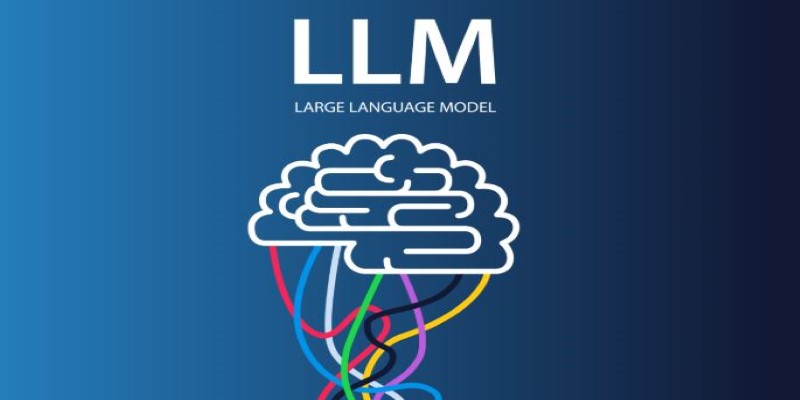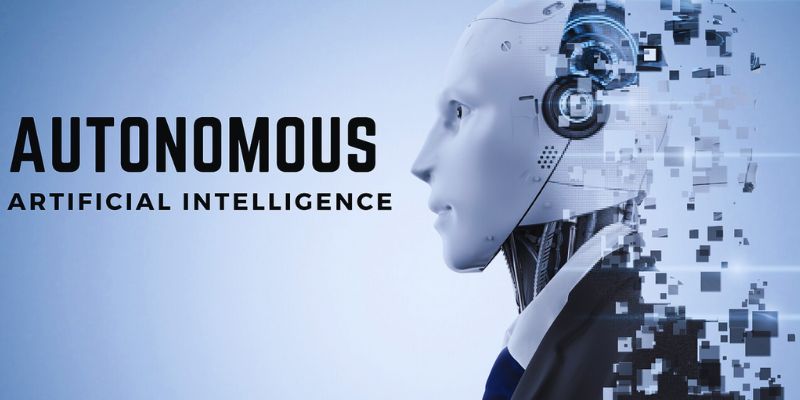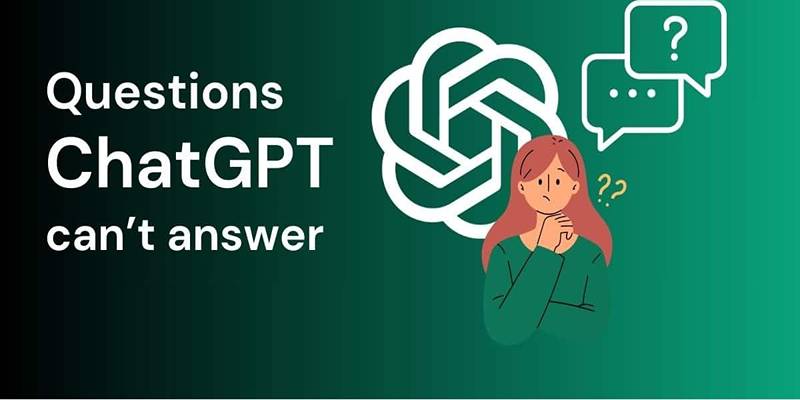Advertisement
Language models are often trained on everything from tech tutorials to movie scripts, but healthcare isn’t like other fields. You’re not looking for creativity or general knowledge — you need clarity, context, and a model that knows when it's out of its depth. Aloe is a group of fine-tuned, open healthcare LLMs built exactly for that. Each version is trained with medical tasks in mind, offering focused help where other models tend to wander.
Most large models are made to handle a little bit of everything. They can write stories, solve math problems, analyze text, and even pretend to be experts. But when it comes to healthcare, that general approach often isn’t enough. Medical conversations come with dense terminology, abbreviations that look the same but mean wildly different things, and cases where a small misunderstanding can lead to big mistakes.
Aloe isn’t trying to imitate a doctor. It’s designed to support specific tasks that come up in medical and clinical environments — where the goal is to be helpful, not impressive. Its training comes from the right kind of material: clinical notes, biomedical literature, and textbook-style content that keeps answers accurate and grounded.
Rather than trying to be a one-size-fits-all model, Aloe is shaped around what healthcare work actually requires. There are three parts that matter most: open access, data with purpose, and a choice of model sizes depending on the job.
Most large language models don’t give you the option to look under the hood. With Aloe, the weights are openly available, which means you can test, adapt, and apply the models however you need. If you're working in research, compliance, or building something new, having that level of control makes a difference.
Open access also encourages peer input. Developers and researchers can help improve Aloe instead of treating it like a black box. That kind of openness means fewer surprises — and more trust in the results.
Aloe's strength comes from its training data. It's not drawing from blogs or casual forums. Instead, it learns from medical textbooks, peer-reviewed papers, and clinical-style writing. That changes the way it processes input and frames responses.
Instead of filling in gaps with generic phrasing, Aloe sticks closer to established facts. Its understanding of symptoms, conditions, and treatment logic is shaped by high-quality sources, not just the most common words on the internet.
This gives it a more reliable voice in use cases where accuracy matters. Whether you’re feeding it discharge notes or a clinical question, Aloe doesn’t need to “guess” the way broader models might.
Aloe comes in a range of sizes to fit different needs. Smaller models work well in local settings or embedded devices, while larger ones are more suited for complex tasks like parsing medical literature or analyzing unstructured clinical records.
This gives developers flexibility. You don’t have to overcomplicate your infrastructure or work around heavy requirements. Just pick the version that fits the workload and go from there.
What Aloe offers isn’t a single application. It’s a starting point. Developers, researchers, and clinical teams can use it in ways that align with their specific tasks — whether that's helping professionals save time or making systems more responsive. Here are a few examples of where Aloe is already showing up in real work.
Medical professionals often spend large chunks of their day writing and updating patient records. Aloe can help by organizing notes, rephrasing input into standard formats, and cutting down on time spent typing or correcting phrasing. Since it understands how clinical summaries are structured, the output is clean and usable, not vague or padded with filler.
It doesn’t replace the final review from a human, but it can reduce time spent on repetitive steps that don't need judgment — just solid formatting and clear language.
With thousands of studies coming out every year, staying updated in medicine is a full-time job. Aloe helps by summarizing research papers, pointing out key findings, and organizing content in a way that’s easier to skim or compare.

This is especially useful in early-stage literature reviews or exploratory work, where speed and structure are more important than deep interpretation. Aloe can pull in relevant parts quickly, so the human reader can focus on deciding what to explore in more depth.
Explaining a diagnosis or a treatment plan to someone without a medical background can be tough. You need to make it simple without removing the meaning. Aloe can assist in writing patient-facing summaries that reword technical notes into language that’s easier to follow.
Instead of breaking things down too far or losing detail, it strikes a good middle ground — keeping terms accurate while using clearer, everyday language. This is useful for digital platforms, patient handouts, or automated systems that support follow-up care.
Sometimes, clinicians just want a quick reference: a dose range, a known side effect, or a first-line treatment guideline. Aloe can be used behind-the-scenes in tools that answer those direct questions in real time. Its training makes it better at sticking to the point and citing clear guidance rather than drifting into vague explanations.
It's not a decision-making tool, but it helps reduce time spent flipping through PDFs or searching for old notes.
Healthcare needs models that are trained to listen differently, answer clearly, and support the work behind patient care. Aloe is one of the few tools out there that’s designed for that job from the beginning — not repurposed after the fact. If you're working in medical research, app development, or health tech, it's a model worth trying. Not because it does everything, but because it knows what it’s supposed to do — and sticks to it.
Advertisement

Autonomous AI is shaping the future due to its efficiency, cost-effectiveness, improved customer interactions, and strong memory

Learn why FraudGPT is a growing cyber threat and follow 10 essential steps to protect your personal and business data.

Explore 5 free AI tools powered by ChatGPT that help you write better emails and summarize inbox content in seconds.

Looking to improve your ChatGPT prompts? Discover 10 free resources to master prompt engineering and get better, more accurate responses from AI in 2025

Google Veo 2 review highlights its advanced video generation tool capabilities while raising serious AI video model concerns

Ready to dive into Python? This guide covers the core concepts you need to understand, helpful resources, and project ideas to start using Python effectively. Perfect for both beginners and those brushing up

The industrial robotics market is projected to reach $291 billion by 2035, driven by advances in technology, factory automation, and rising global demand for smarter production systems

Discover how to build a consistent, effective meditation habit using ChatGPT as your personal AI wellness assistant.

Want robots that understand natural language? Discover LeRobot by Hugging Face—an open-source library connecting AI models with real-world robotics systems

Discover 7 questions and requests that ChatGPT is unable to answer due to privacy rules, ethics, or tech limitations.

Google has updated its stance on AI-generated content. Learn how to navigate Google’s new policies, avoid penalties, and create high-quality content that meets search engine standards.

SQL doesn’t behave like Python or JavaScript, so is it a true programming language? Or just a scripting tool? Here’s a clear, human take on what SQL really is—and why it matters